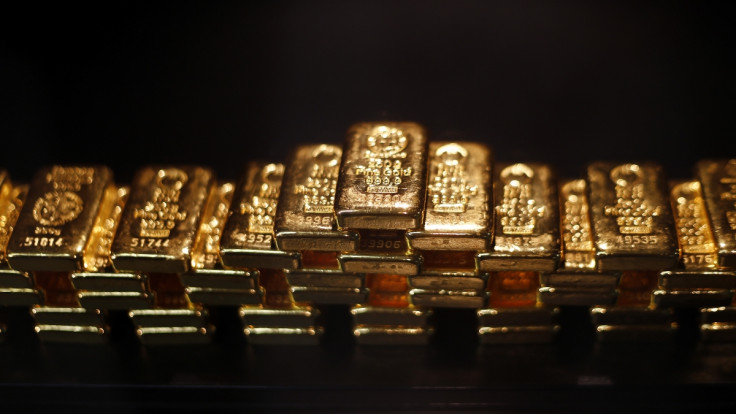SPDR Gold Trust assets at lowest since 2008 and things could get worse

The assets of the world's top exchange-traded gold fund have dropped to their lowest since September 2008, the month US investment bank Lehman Brothers filed for bankruptcy.
New York's SPDR Gold Trust said its holdings fell to 704.23 tonnes, or 22.6 million ounces, on 10 June. They have nearly halved from their peak of 43.43 million ounces in less than three years, mainly because of the bearish turn in gold.
In addition, the combined holdings of the top eight exchange-traded funds (ETFs) are near their lowest since early 2010, Reuters reported.
Analysts warn that the worst may not be over, given the robust stock markets and the likelihood of higher US interest rates sooner than later. And outflows from bullion-backed funds could further dent global gold prices, especially with physical demand being weak in Asia, the leading consumer.
...as long as ETF outflows continue, the gold price is unlikely to make any significant gains.
Commerzbank analysts wrote that "for as long as ETF outflows continue, the gold price is unlikely to make any significant gains".
ANZ analyst Victor Thianpiriya told Reuters: "It is a symptom of the broad apathy towards gold at the moment. There is not a lot of conviction in gold markets."
He added: "We are going to see a continuous trickle of outflows for the next 12 months at least."
Fed rate hike
Capital Economics said in a note to clients: "With the incoming data now showing a clear pick-up in real economic growth and possible signs of an acceleration in wage growth and core price inflation, we expect the Fed to begin hiking interest rates at the September FOMC meeting.
"We don't, however, expect many changes to either the language in the statement or the Fed's projections at next week's meeting, which concludes on Wednesday 17<sup>th."
Central bank purchases
Capital Economics said in an 8 June note: "We expect [central bank] purchases to be one of several factors that boost gold prices in the next year or two, despite the prospect of tighter US monetary policy and renewed strength in the dollar against other major currencies. The case for emerging economies to diversify their reserves remains strong, especially given the uncertainty over the future of the euro.
"What's more, Russia recently added 30 tonnes of gold to its foreign reserves as it struggles with international sanctions and a volatile ruble."
Gold has slumped some 40% since hitting a peak of $1,920.30 an ounce in 2011.
After an unbroken 12-year rally, the yellow metal tumbled by nearly a third in 2013, dragged down by signs of a recovery in the US, the prospect of higher American interest rates and the strength in the US dollar and equities.
Gold ETFs dole out securities backed by the physical metal. They attracted investor-attention during the financial crisis that followed the Lehman bankruptcy.
© Copyright IBTimes 2025. All rights reserved.






















